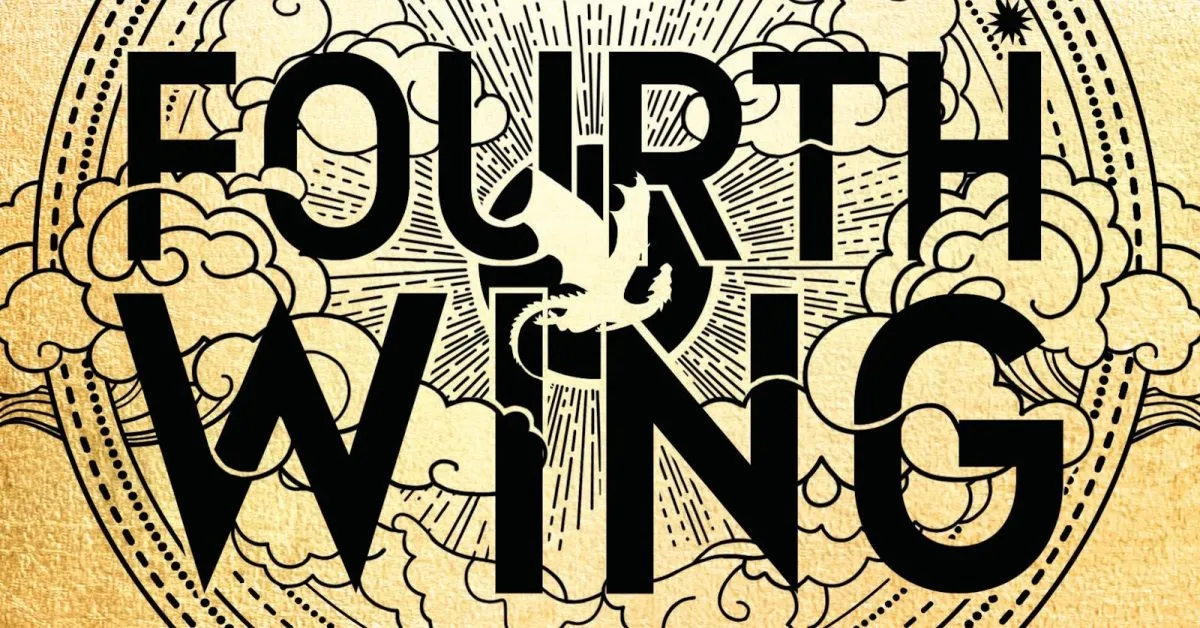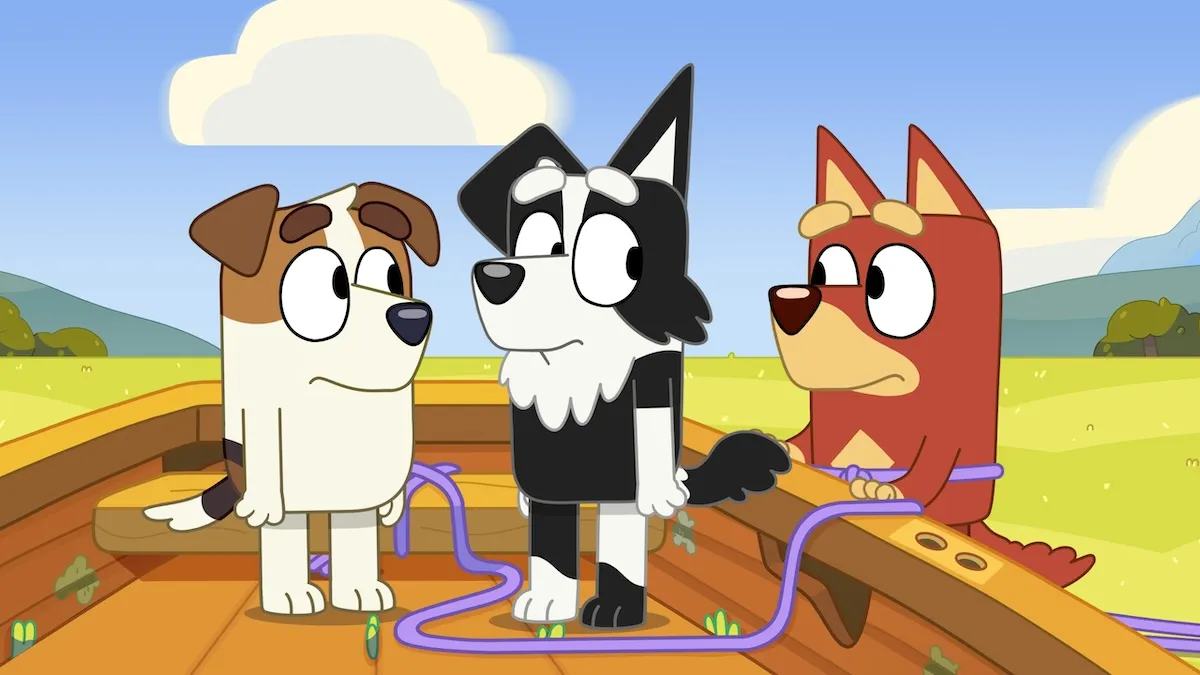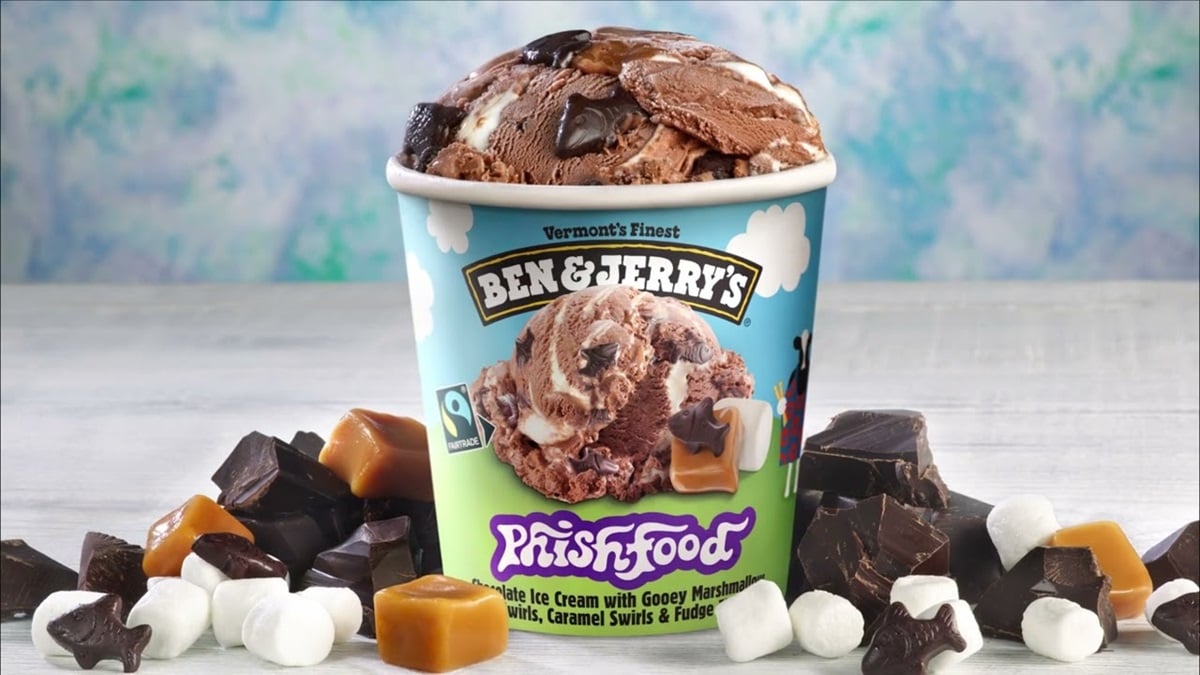I think I speak for most of us when I say I’m super happy that we’re slowly seeing more major shows and movies being released again. I’ve missed being able to definitively count down the days to a new film or episode hitting … well, a streaming service. One thing I haven’t missed that’s making a comeback in tandem with the increase of content, however, is the discourse that comes along with it, stoked the likes of Rotten Tomatoes.
Since I first started making connections with people at some of the internet’s prominent entertainment news publications and getting involved with that world myself, I’ve noticed some glaring flaws with the manner in which we are encouraged to critique a given piece of media. I bring this up because these outlets and the critics that contribute to them set the tone for attitudes and behaviors among fans—and, in some cases, the general public—in regards to said piece of media.
I know everyone wants to have an easy way to gauge the quality of … well, pretty much everything in the world, so the idea of assigning a “star” ranking or letter grading system to movies is attractive to publications and other outlets. It’s an easy way for a person to communicate their thoughts and feelings on a project.
The trouble with this is when people become obsessed with using those numbers as a way to “officially” gauge the consensus on a movie. Sites like Rotten Tomatoes provide great resources to find a plethora of reviews for every new release, but its “grading” system perpetuates a sort of “black or white” mentality, with not a lot of room for middle ground.
The “Tomatometer” at Rotten Tomatoes gives each movie a percentage of approval on two fronts: one based on critic ratings and another based on audience ratings. Rotten Tomatoes-approved critics (those whose reviews affect the Tomatometer score of a movie or TV series) have to decide whether their take on the movie is counted as a “Fresh” (positive) review or “Rotten” (negative) one. They must ultimately choose to place the film in one category or the other, no matter how mixed their thoughts are. (Critics who do a number rating and give a film a middling score like 3/5 or 6/10 are asked to determine whether it’s a “good 6” or a “bad 6.”)
Forcing critics with nuanced opinions to “choose a side” might be the worst part of the Rotten Tomatoes system. Everything is either Fresh or Rotten, with nothing in between. That means a critic who prefers to separate legitimate criticism on the more “objective” aspects of a film, like script coherence and quality of visual effects or animation, from their personal feelings on something like the genre the project falls under isn’t fully “allowed” to do so under the site’s rules, when it comes to a final score.
This issue has been highlighted recently with some of the reactions to WandaVision (a Marvel Disney+ series that has so far focused more on its sitcom elements than the typical action the franchise is known for) but comes up all the time with genres like horror, which many people find difficult to watch no matter how wonderfully crafted the film in question is.
But that’s how it goes at Rotten Tomatoes. Things are either good or they’re bad. A score of 1/10 is essentially treated the same as a score of 4/10, and the same goes for a 7/10 vs. a 10/10. Based on the number of positive reviews vs. negative ones, the site deems the consensus on a film as either Fresh (having a critical approval rating of 60% or higher) or Rotten (having one of 59% or below).
The only other label a show or movie can get on Rotten Tomatoes is “Certified Fresh,” which is a subcategory of Fresh that a film can “achieve” in a couple of different ways.
That means anything with a 60% approval rating is deemed a “good movie,” but if it drops down to 59%, it’s promptly labeled a “bad movie.” This exact scenario has been playing out back and forth with the recently-released Wonder Woman 1984, and this has really riled up people of all opinions on the movie to a ridiculous degree.
Within this system, a movie with nothing but lukewarm reviews can get a 100% “fresh” rating just because none of its reviews were technically failing or “rotten” scores, but one where reviews are heavily divided between one-star and five-star reviews will receive a much lower rating, even though it evoked more strongly positive feelings than the film with “meh” reviews.
There’s an argument in favor of this method; it’s simple and allows people to quickly check a consensus percentage rather than having to look at a bunch of individual reviews and scores, but a lot of the trouble lies in the issue that a lot of people looking to the site for guidance on whether or not to see a movie don’t actually know how the system works.
Most people I know will look at a movie with a score of 95% and have their expectations shot sky high from the assumption that “everyone loved it,” or be initially reluctant to check out another one they later end up adoring because the relatively low scores that polarizing movies get don’t paint the full picture of the strongly positive way some critics felt about it.
Ultimately, the Tomatometer only really serves to show how “generally watchable” a film or series is without taking into account just how much critics liked or disliked the piece of media in question. But that hasn’t stopped studios from using its results to promote their movies; the aforementioned Certified Fresh rating is one marketing campaigns love to tout out in advertisements, and lately there have been examples of studios seemingly curating their early screeners list to critics they suspect will give their movie a positive review … only for its Tomatometer score to subsequently drop hard once more critics have seen it.
I enjoy visiting Rotten Tomatoes as a place to check out reviews for films I’m interested in and a place to discover new critics to follow. I just can’t help but be frustrated that it’s seen by a good portion of the internet as the be-all, end-all definitive place that determines whether movies are good or bad.
The creators of the site had the right idea to create a hub for the buzz on movies, but its system doesn’t acknowledge that most films aren’t all good or all bad (heck, a lot aren’t even mostly good or mostly bad) and inadvertently encourages people to reduce the quality and value of a movie to a simple percentage number rather than the often-complex pieces art they are.
(image: Rotten Tomatoes)
Want more stories like this? Become a subscriber and support the site!
—The Mary Sue has a strict comment policy that forbids, but is not limited to, personal insults toward anyone, hate speech, and trolling.—









